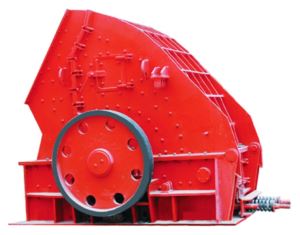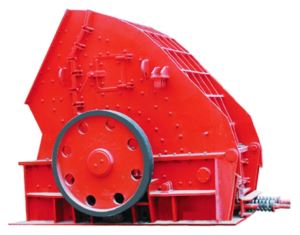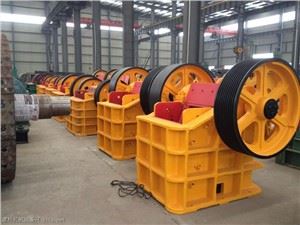Three Overload Protection Measures Of Jaw Crusher
The working environment of jaw crusher is harsh and the working load is relatively large. It is often caused by uneven feeding or hard and unbreakable materials entering the crushing cavity, which may cause sudden and large overload. Therefore, the jaw crusher has an overload protection device.
Three overload protection measures of jaw crusher
1. Toggle breaking method
Set the low-strength and easy-to-break point of the bracket. That is, when the crusher is overloaded, the stress sensitive area of the bracket will break automatically due to the sharp rise of the stress to the limit value, cutting off the power transmission and preventing machine damage.
Because the mechanical properties of the bracket (usually cast iron) fluctuate greatly and are limited by calculation accuracy, it is impossible to accurately and quantitatively control the breaking point, and sometimes the overload cannot be protected.
Moreover, even if it is protected when overloaded, because the crusher is in an accident state, the equipment cannot operate before cleaning, disassembly and replacement, and the process is interrupted and production is delayed.
2. Flywheel torque limit protection
Adopt spring friction clutch, hydraulic friction clutch or set safety pin etc. This kind of method is widely used in simple pendulum jaw crusher.
The friction clutch must not only ensure the transmission of normal working torque, but also make the transmitted torque not exceed the allowable value. When the crushing cavity falls into the material barrier, the machine is overloaded and reaches a critical torque, and the flywheel slides freely on the shaft to protect the main components.
However, because the friction factor of the clutch is greatly affected by external conditions (such as temperature, etc.), the reliability of its work is limited, and when it is overloaded, it still needs to be manually cleared, shut down for repair, and system recovery is more troublesome.
3. Hydraulic protection
Because the above two overload protection methods both have problems such as unreliable protection and need to stop processing under accident conditions. Therefore, safe and reliable hydraulic protection devices are more widely used.






